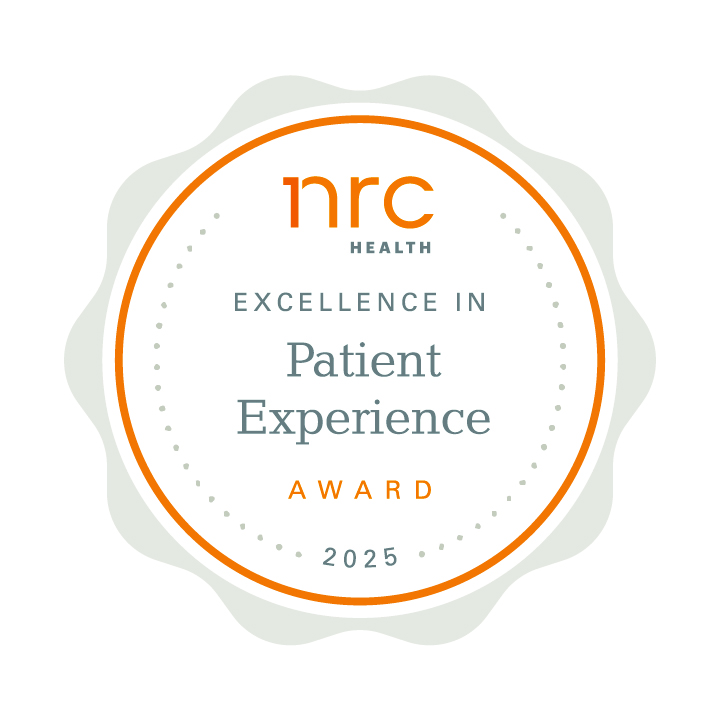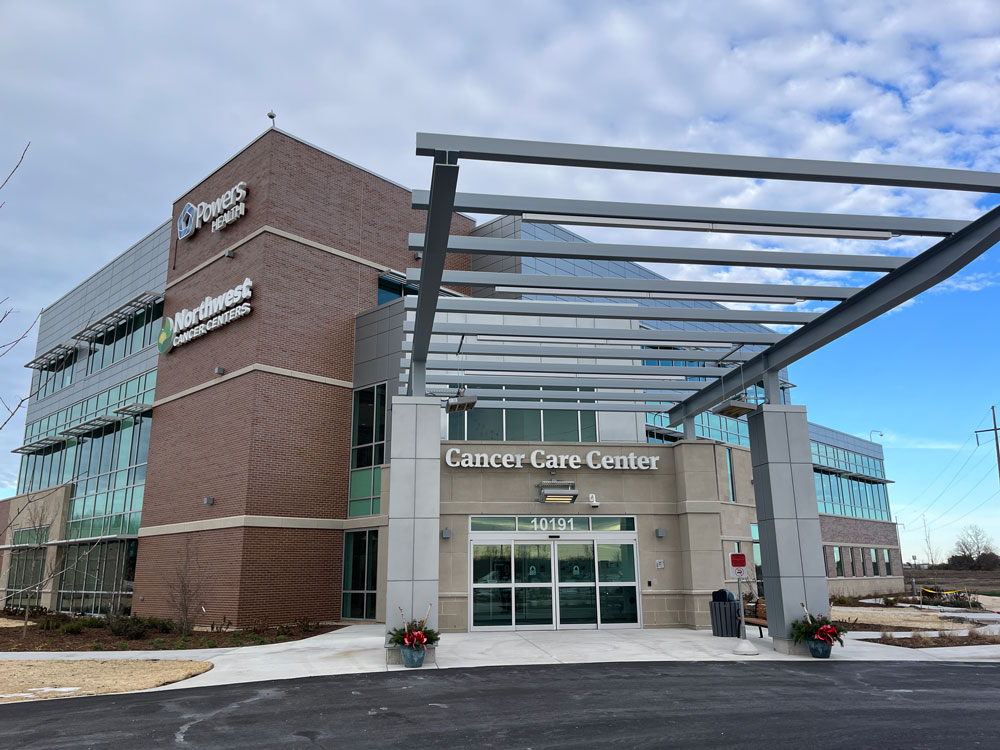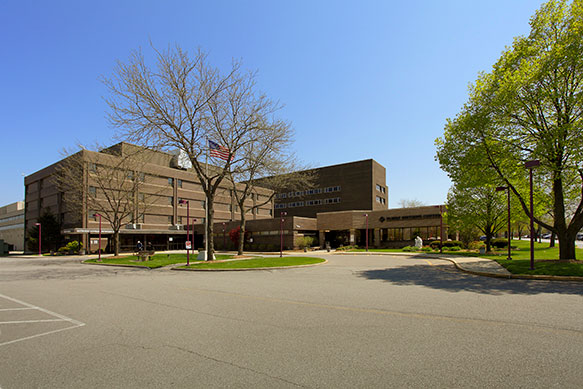
With a tap on a tablet screen, Hammond resident Russ Nelson, watched the pronounced tremors in his hands go still. When his wife, Deb, witnessed it for the first time, she cried.
“We’ve waited a long time for this,” she said. “I just can’t believe the difference.”
Thanks to a procedure called Deep Brain Stimulation (DBS) offered at Community Hospital in Munster, patients like Nelson can experience relief from debilitating tremors resulting from Parkinson’s disease and essential tremor disorder.
DBS is a surgical procedure in which an array of electrodes is carefully implanted in parts of the brain to send electrical impulses that override the abnormal oscillatory impulses of the thalamus/ or putamen, in an effort to redirect a patient’s neuronal oscillatory brain activity and subsequently normalize the neuronal outflow to the rest of their brain.
The process of DBS consists of three parts: imaging, lead placement and device programming. Extensive imaging using an MRI of the brain allows the team to identify the exact location in the brain to implant the DBS lead. During implantation of the lead, the neurosurgeon cuts a small hole in the skull and threads a thin insulated wire into the brain. The wire which contains electrodes that will later be programmed to send electrical impulses to the abnormal areas of the brain. Surprisingly, patients are awake but in a “twilight” state during the procedure. The patient is still able to follow commands and provide feedback on their movements, but remembering little to nothing about the surgery itself.
“Russ was a great patient for this surgery because he was diagnosed at a relatively young age with tremor predominant Parkinson’s disease,” adds DeLeo. “He has always been actively involved in the treatment of his Parkinson’s disease and has been responsive to coming in for frequent programming appointments in order to fine tune the device to his particular needs. His impairment and his quality of life due to his disease made him an ideal candidate to benefit from DBS therapy.”
According to his doctors, Nelson has responded wonderfully. “Russ went from a score of 77 to an 11 on the Unified Parkinson’s Disease Rating Scale (UPDRS) which measures motor function, rigidity and performance of daily living for Parkinson’s patients,” says DeLeo. “He looks about as normal as any other individual out there. And now he has a whole new outlook on life!”
Visit COMHS.org/services/neuroscience for more on treatments for Parkinson’s disease and movement disorders at the hospitals of Community Healthcare System.


